Introduction: How to Create a Butterfly Garden to Attract Colorful Visitors
Butterflies are not only beautiful and fascinating creatures, but they also play a crucial role in pollinating plants and maintaining the balance of ecosystems. Unfortunately, many butterfly species are facing threats from habitat loss, climate change, and pesticides. Creating a butterfly garden is a great way to provide a safe and welcoming environment for these colorful visitors.
Why Create a Butterfly Garden?
Butterfly gardens offer numerous benefits, including:
- Providing a habitat for butterflies and other beneficial insects
- Attracting a variety of butterfly species, adding color and life to your garden
- Promoting pollination and supporting the local ecosystem
- Reducing the use of harmful pesticides and promoting a more sustainable gardening approach
- Creating a peaceful and relaxing environment for you to enjoy
Creating a butterfly garden may seem intimidating at first, but with a little planning and effort, anyone can do it. In the following sections, we’ll explore the steps you can take to create a beautiful and thriving butterfly garden in your own backyard.
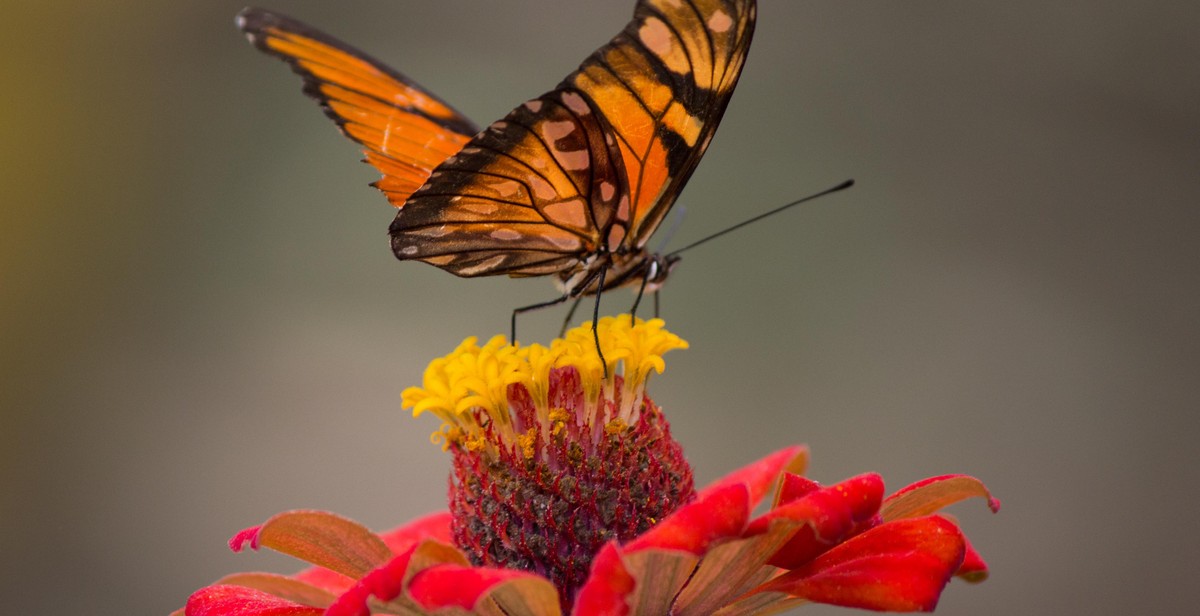
Step 1: Choose a Location
Choosing the right location for your butterfly garden is crucial to its success. Butterflies need sunlight to warm their bodies and feed on nectar, so it’s essential to select a spot that receives at least six hours of direct sunlight daily. Also, look for a location that is sheltered from strong winds to prevent the plants from getting damaged.
When selecting a location, consider the following factors:
- Climate: Choose plants that are suitable for your climate and weather conditions. Butterflies prefer warm and sunny environments, so make sure the location you choose has a favorable climate.
- Soil: Ensure that the soil is well-draining and fertile. You can add compost or organic matter to improve soil quality.
- Water: Butterflies need water to survive, so make sure there is a water source nearby. You can add a shallow dish or birdbath with fresh water to attract butterflies and provide them with a drinking spot.
Additionally, consider the size of the location. Butterfly gardens can be of any size, from small containers to large landscapes. Choose a size that fits your available space and resources.
| Pros | Cons |
|---|---|
| Attract beautiful butterflies to your garden | May require some maintenance |
| Helps to pollinate plants in your garden | Requires careful planning and research |
| Creates a natural and peaceful environment | May attract other insects |
Conclusion
Choosing the right location is the first step in creating a successful butterfly garden. Consider the climate, soil, water source, and size of the location to ensure a suitable environment for butterflies to thrive. With careful planning and research, you can create a beautiful and natural habitat that not only attracts colorful visitors but also helps to pollinate your garden.
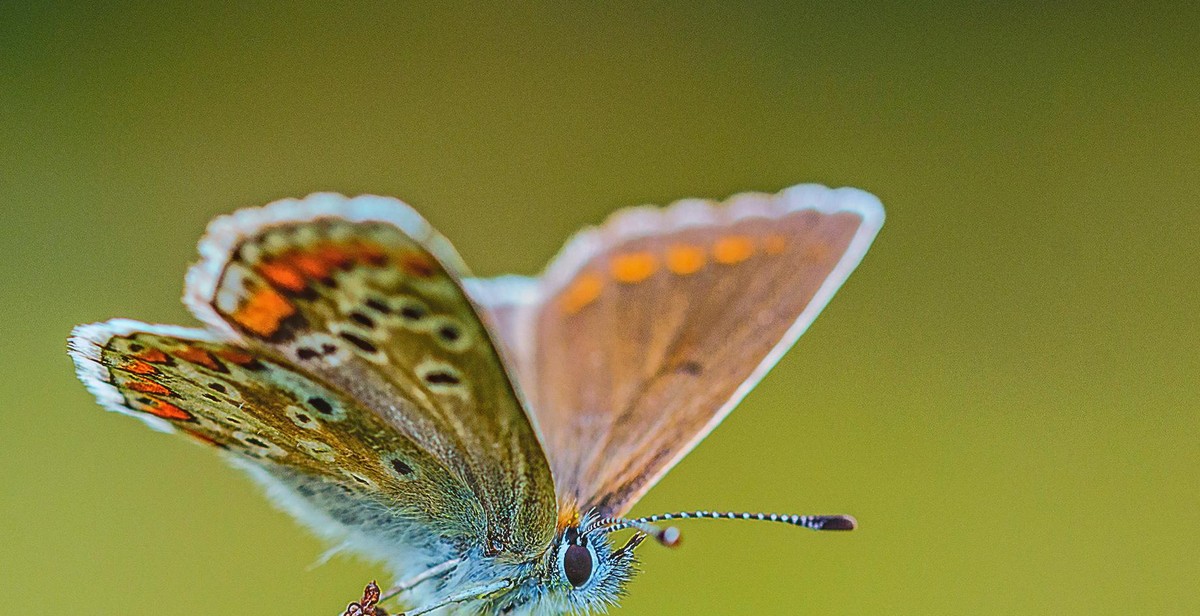
Step 2: Research Butterfly Species
Before you start planting, it’s important to do some research on the native butterfly species in your area. This will help you choose the right plants to attract them to your garden.
Native Butterflies
Start by identifying the native butterflies in your region. You can do this by consulting with local butterfly clubs or nature centers, or by using online resources such as the North American Butterfly Association’s butterfly checklist. Once you know which species are native to your area, you can focus on providing the specific plants and habitats they need to thrive.
Butterfly Host Plants
Butterflies lay their eggs on specific plants, known as host plants. These plants provide food for the caterpillars that hatch from the eggs. Research the host plants for the butterfly species in your area and include them in your garden. For example, if you want to attract monarch butterflies, you’ll need to plant milkweed, which is the only plant that monarch caterpillars eat.
Butterfly Nectar Plants
In addition to host plants, you’ll also need to provide nectar plants for adult butterflies to feed on. Choose a variety of plants that bloom at different times throughout the growing season to provide a continuous source of nectar. Some popular nectar plants for butterflies include coneflowers, black-eyed susans, and butterfly bushes.
| Butterfly Species | Host Plants | Nectar Plants |
|---|---|---|
| Monarch | Milkweed | Butterfly weed, goldenrod, asters |
| Black Swallowtail | Parsley, dill, fennel | Phlox, bee balm, zinnias |
| Eastern Tiger Swallowtail | Wild cherry, tulip tree, ash | Liatris, ironweed, joe-pye weed |
By researching the native butterfly species in your area and providing the appropriate host and nectar plants, you’ll be well on your way to creating a butterfly garden that attracts colorful visitors all season long.
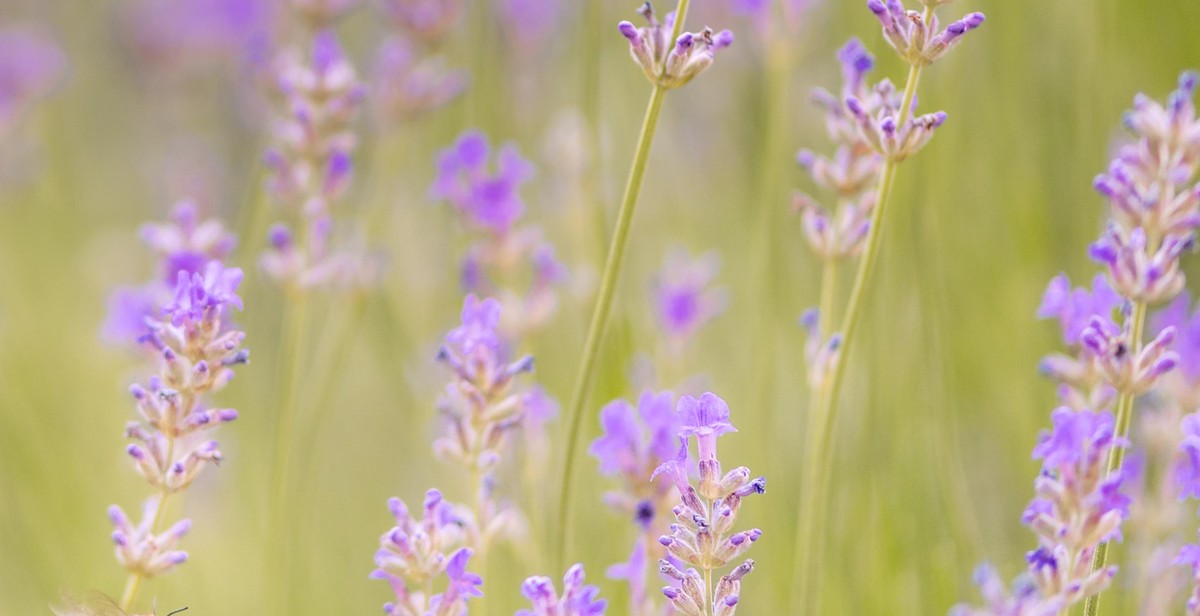
Step 3: Plan Your Garden Design
Once you have chosen the perfect location for your butterfly garden, it is time to plan your garden design. This step is crucial in creating a beautiful and functional butterfly garden that will attract colorful visitors.
Butterfly Garden Size
The size of your butterfly garden will depend on the available space you have in your yard. A small garden can be just as effective as a large one, as long as it is designed with the right plants and accessories. A good rule of thumb is to create a garden that is at least 10 feet by 10 feet in size. This will provide enough space for a variety of plants and will attract a greater number of butterflies.
Butterfly Garden Layout
The layout of your butterfly garden should be designed to create a natural flow. This means choosing plants that complement each other and creating pathways for visitors to follow. Consider incorporating a seating area or a bird bath to create a relaxing environment for you and your visitors.
- Choose plants that will provide food and shelter for butterflies
- Group plants by height and color
- Create pathways for visitors to follow
- Incorporate a seating area or bird bath
Butterfly Garden Accessories
Adding accessories to your butterfly garden can enhance its beauty and functionality. Consider adding a butterfly house, a water feature, or a decorative stone pathway. These accessories can create a more welcoming environment for butterflies and other wildlife.
| Accessories | Description |
|---|---|
| Butterfly House | A small shelter for butterflies to rest and hide from predators |
| Water Feature | A small pond or fountain for butterflies to drink from and cool off in |
| Decorative Stone Pathway | A pathway made of decorative stones that creates a natural flow and adds visual appeal |
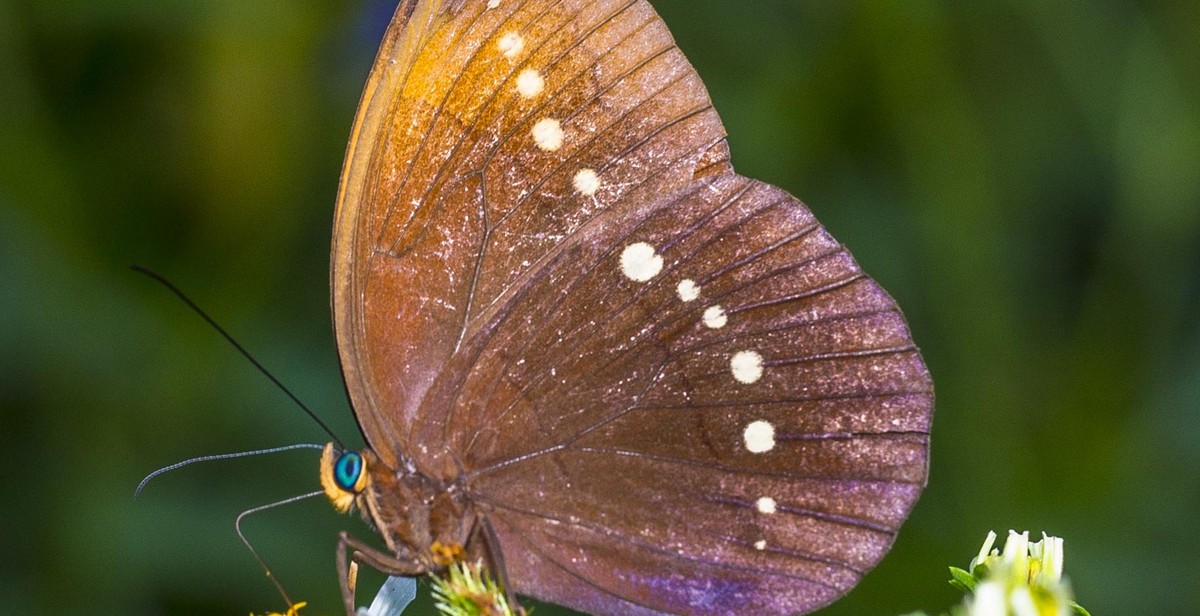
Step 4: Prepare the Soil and Plant
Soil Preparation
The first step in creating a butterfly garden is to prepare the soil. Butterflies prefer soil that is well-drained and rich in nutrients. Begin by removing any weeds or unwanted plants from the area where you plan to create your garden. Then, loosen the soil to a depth of at least 6 inches using a garden fork or tiller.
Next, add organic matter such as compost, manure or leaf mulch to the soil. This will help to improve soil structure, drainage, and fertility. Mix the organic matter into the soil to a depth of 3-4 inches. A soil test kit can also be used to determine the pH level of the soil. Butterflies prefer a slightly acidic soil with a pH of 6.0 to 7.5. If the soil pH is too high or too low, add lime or sulfur to adjust it accordingly.
Planting Techniques
Once the soil is prepared, it’s time to start planting. Begin by selecting plants that are native to your area. Native plants are great for attracting butterflies because they are adapted to the local climate and soil conditions. They also provide food and shelter for butterflies.
When planting, arrange the plants in groups of the same species. This will make it easier for butterflies to find the plants they need. Plant taller plants in the back and shorter plants in the front. This will create a layered effect and provide butterflies with different levels of perches and feeding opportunities.
Finally, water the plants thoroughly after planting. Keep the soil moist but not waterlogged. Mulch can also be added around the plants to help retain moisture and suppress weeds.
| Plant Name | Bloom Time | Height |
|---|---|---|
| Milkweed | Summer | 3-4 feet |
| Purple Coneflower | Summer | 2-5 feet |
| Butterfly Bush | Summer | 3-10 feet |
| Joe-Pye Weed | Summer-Fall | 4-7 feet |
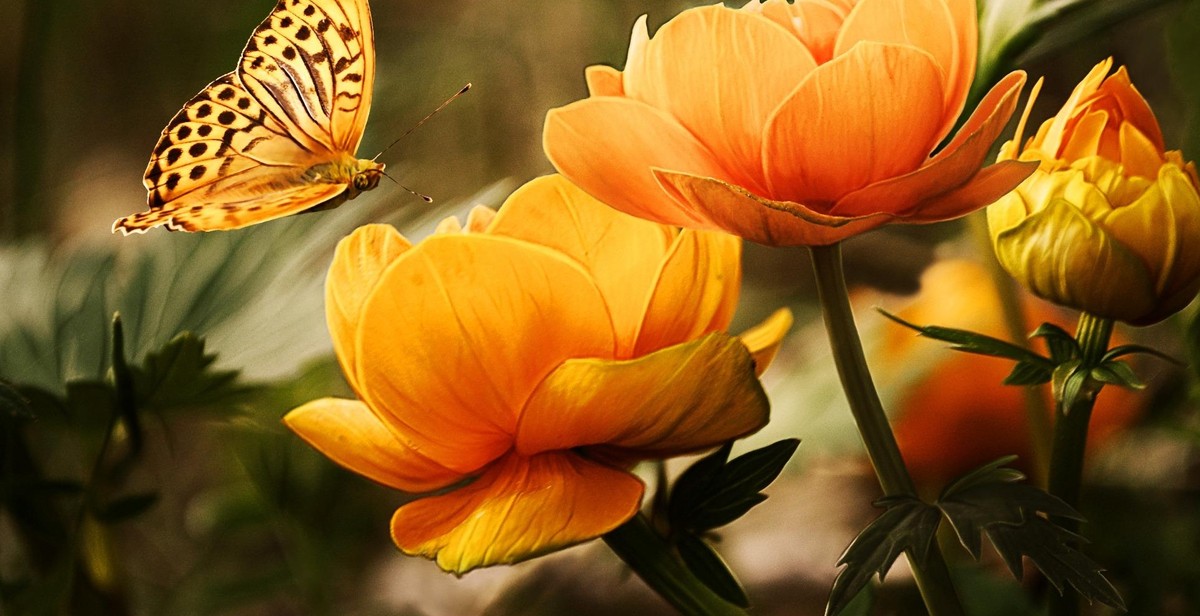
Step 5: Maintain Your Butterfly Garden
Now that you have created a beautiful butterfly garden, it is important to maintain it properly. Here are some tips on how to keep your garden healthy and attractive to butterflies:
Watering
Butterflies need water, and providing a shallow dish or birdbath with rocks or sand for them to perch on is a great way to attract them. However, it is important not to overwater your garden, as too much moisture can lead to root rot and other problems. Instead, water your garden deeply once a week, and be sure to water in the morning or evening to avoid evaporation during the heat of the day.
Fertilizing
Regular fertilization is key to keeping your plants healthy and thriving. Use a slow-release fertilizer once a month during the growing season, and be sure to follow the instructions carefully to avoid over-fertilizing, which can burn your plants and harm the butterflies.
Pruning
Regular pruning will help keep your plants looking their best and encourage new growth. Remove any dead or diseased branches and flowers, and prune back any overgrown or leggy plants. This will help keep your garden tidy and attractive to both butterflies and humans.
Pest Control
While butterflies are beautiful, they are not the only visitors to your garden. Other insects and pests can also take up residence, and it is important to control them without harming the butterflies. Use natural pest control methods, such as companion planting, insecticidal soap, or neem oil, to keep your garden pest-free and safe for the butterflies.
By following these simple maintenance tips, you can enjoy a beautiful and thriving butterfly garden for years to come.
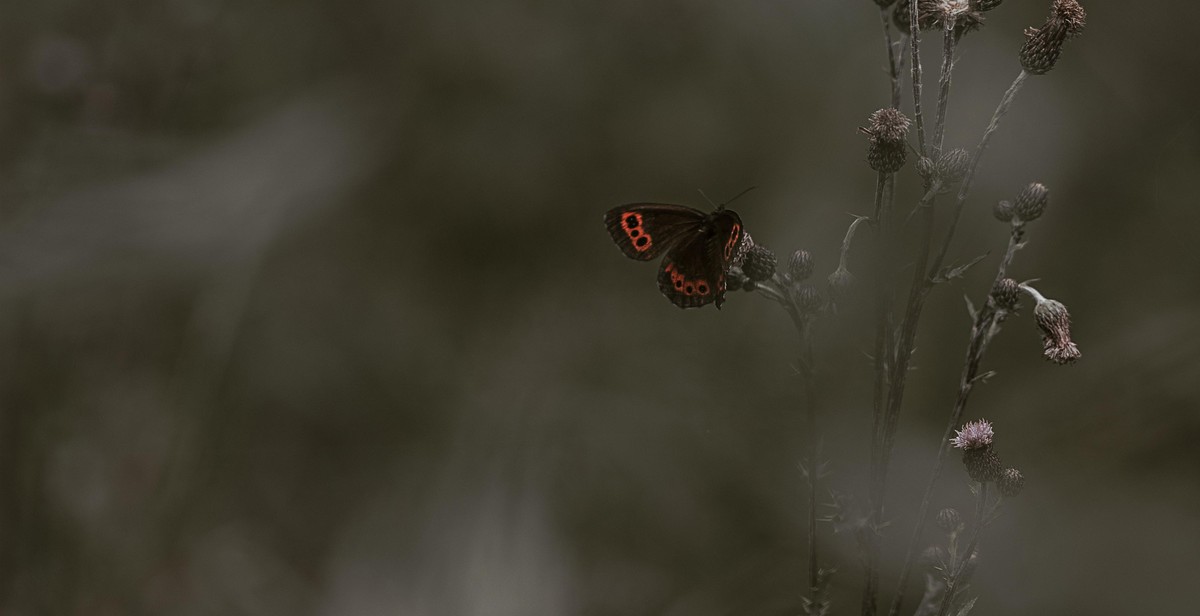
Conclusion
Creating a butterfly garden is a great way to attract these colorful visitors to your backyard. By following the steps mentioned in this article, you can easily create a beautiful and thriving butterfly garden that will not only enhance the beauty of your outdoor space, but also provide a safe haven for these delicate creatures.
In summary, the key factors to keep in mind when creating a butterfly garden are to choose the right plants, provide ample sunlight and water, and avoid the use of pesticides. Additionally, it is important to maintain a clean and healthy environment by removing dead leaves and flowers and regularly pruning the plants.
Remember that by creating a butterfly garden, you are not only helping to preserve the natural habitat of these beautiful creatures, but also contributing to the overall health and biodiversity of your local ecosystem. So, get started on your butterfly garden today and enjoy the beauty and wonder of these colorful visitors!
Additional Resources
These resources provide valuable information on native plants, butterfly and moth species, and conservation efforts that can help you further enhance your butterfly garden and contribute to the preservation of these beautiful creatures.
